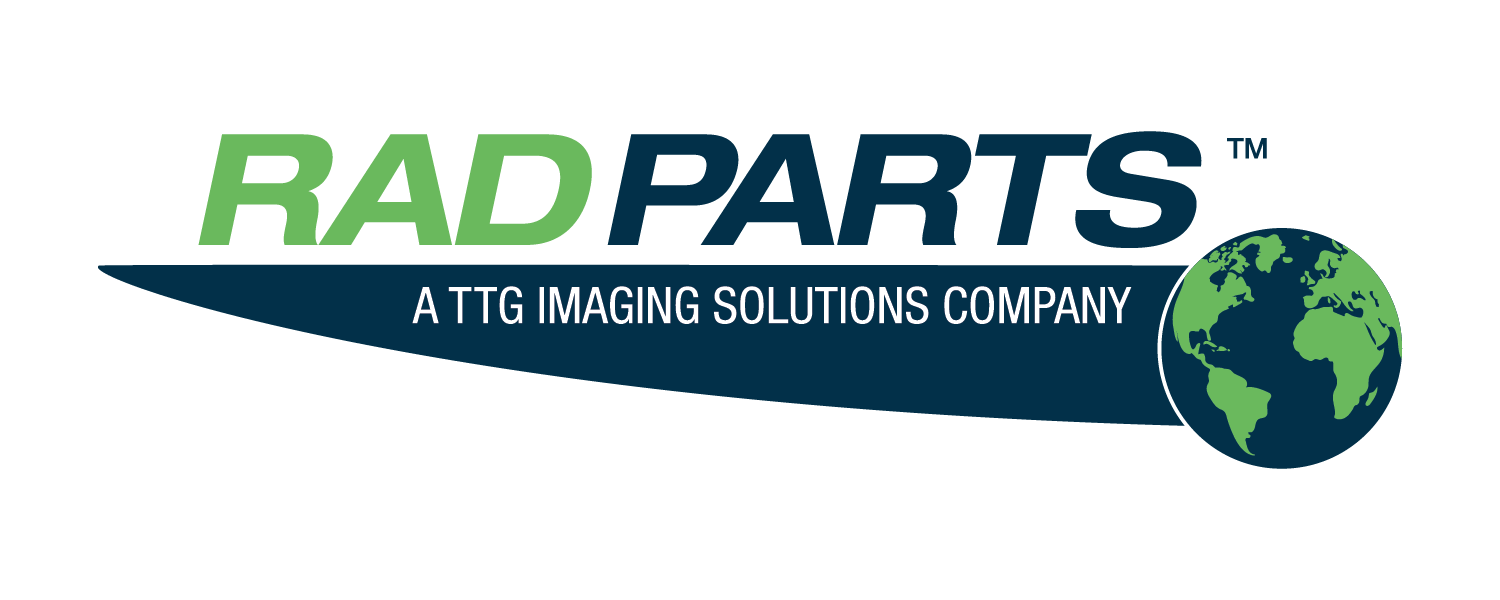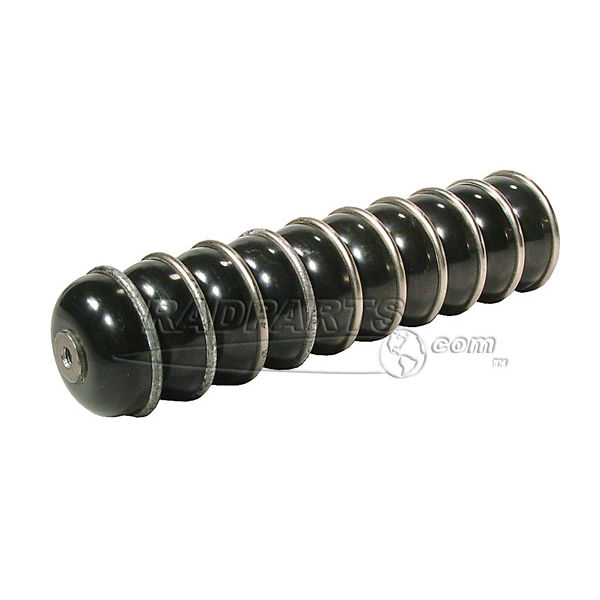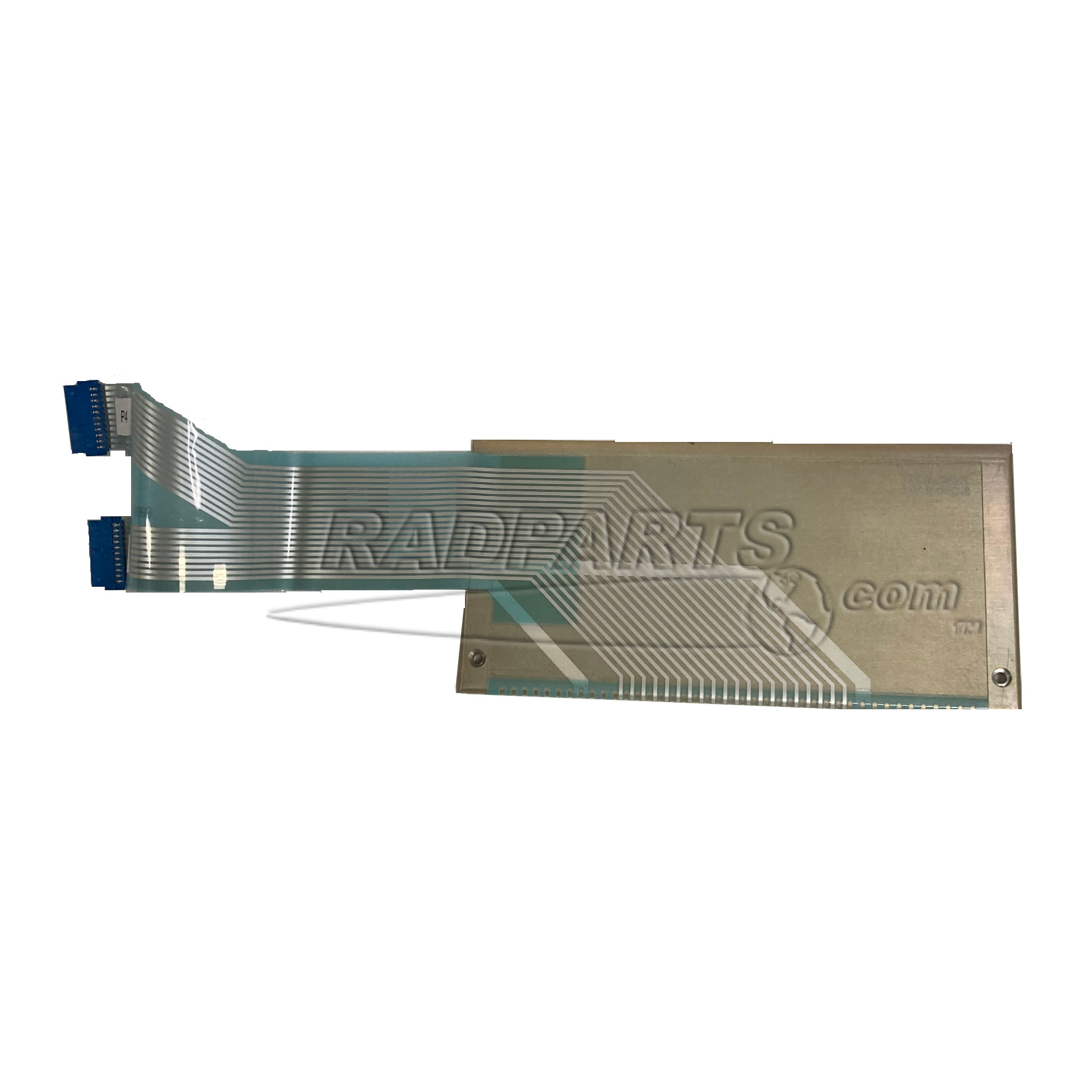ViewRay's MRIdian Linac received FDA approval in February of this year. Now a team at Henry Ford Cancer Institute has become the first in the world to treat patients with this new MR-guided radiotherapy system.
Henry Ford received the MRIdian linac earlier this year, with ViewRay installing and validating the system from about February to June. Henry Ford began treating patients in July. So far, two cases involved intensity-modulated radiotherapy (IMRT) for prostate cancer, and one case involved stereotactic body radiotherapy (SBRT). "Once the physicians got a chance to see what they could do with this treatment system, we immediately prepared for using SBRT," explained Carri Glide-Hurst, director of translational research and senior staff physicist at Henry Ford Cancer Institute.

Carri Glide-Hurst and Anthony Doemer
Initial images
Speaking at the AAPM Annual Meeting in Denver last week, Glide-Hurst described the MRI characterizations performed during commissioning. For example, the team tested magnetic field homogeneity by imaging a 24 cm spherical phantom at the magnet isocentre at multiple gantry angles. Spectral peak analysis revealed that implementing a mean gradient approach improved the homogeneity of the field, with 80% of the data points falling within 5 ppm. Spatial integrity, assessed using the ViewRay phantom, was less than 2 mm over a 35 cm diameter spherical field-of-view for 90% of the tested points, and less than 1 mm over a 20 cm sphere for all points. The team also developed a large in-house phantom with over 7000 landmarks. They observed that distortion increased moving further from the isocentre, as expected, but was still less than 2 mm at 20 cm away from the isocentre. Glide-Hurst showed some images recorded from the first prostate patient. In just three minutes, the MRIdian Linac acquired a high-resolution (1.5 mm
3) scan over a 45 - 30 - 36 cm field-of-view. The image was fused with the planning CT and used to guide couch shift before treatment. "What's most exciting to me is the quality of the patient images," she told the audience.

MR image of the prostate cancer patient
During treatment, the MRIdian Linac records tracking MR images at 4 frames/s, with a resolution of 3.5 - 3.5 - 7 mm. These images are used to gate the treatment, switching the beam off if the target moves outside of the treatment field. Glide-Hurst pointed out that the image quality is still excellent even while the beam is on. The team plans to incorporate fully adaptive radiotherapy into treatment plans in the near future, she added. In this first patient, the total treatment delivery time including gantry rotation was 5.4 min. For the SBRT patient, the high-resolution (1.5 mm
3) scan took 173 s, and the total treatment delivery time was about 6 min.
Also speaking at AAPM, Anthony Doemer, a senior staff physicist at Henry Ford Cancer Institute, described the commissioning of the MRIdian Linac's multileaf collimator (MLC). He explained that the system incorporates a completely redesigned collimator: a double-stack MLC with two banks of 8 mm thick doubly focused leaves. This enables the system to generate field sizes from 0.2 - 0.4 cm up to 27.4 - 24.1 cm. Doemer and colleagues first measured the MLC leakage. IEC specifications require this to be less than 1% over 1 cm with an average transmission of less than 0.375% compared to reference. "The maximum leakage was substantially lower than that, which is great," said Doemer. They also tested MLC linearity using Sun Nuclear's IC profiler and a picket fence test. "All measurements easily met TG-142 standards," he noted. Other tests included output factor measurements, and percentage depth dose and profile analysis. "We saw really great agreement between point measurements and Monte Carlo values," said Doemer. For SBRT, the Henry Ford team used data from previously treated patients (liver, pancreas and prostate) in their database of SBRT cases to evaluate that the system was correctly commissioned. Doemer noted that the system was able to achieve all dose constraints seen in these previous treatments. "The Henry Ford and ViewRay teams were able to fully validate the beam characteristics of our new linac," said Doemer. "This gave us a high level of confidence that we are able to treat patients." The commissioning period was efficient (within four weeks) given the significant effort provided by the Henry Ford physics and ViewRay teams working together.
New indications
One big advantage of the MRIdian Linac is its ability to treat many indications that are difficult to visualize with X-ray-based image guidance. For example, they have now performed two simulations for accelerated partial breast irradiation (APBI). "The physicians are really excited about the potential of reducing APBI margins using MRI guidance," said Glide-Hurst. "APBI is another exciting area for us," added Doemer. "The tracking ability makes it different from anything that we've done before." With two weeks of treatments now under their belt, the team is currently performing treatment planning for further cases. As well as the APBI simulations, they have now also simulated the first liver and retroperitoneal nodal treatments. "Because of the greatly enhanced MRI visualization, this technology opens significant opportunity for treating liver cancers," Glide-Hurst told
medicalphysicsweb. Original Source: http://medicalphysicsweb.org/cws/article/research/69653 Original Date: Aug 8 2017 Original Author: Tami Freeman


















